Part Two: Different Options for Air Testing
In our second segment regarding air contamination, we’ll explore the different options available for air testing for SCBA cylinders. They include:
Air Test Sample Kits
On-site Air Sampling
Sample Cylinders
Air Test Kits
Air test kits provide the fastest, most efficient solution to air testing. The kits are purchased through a certified laboratory (we use Tri Air Testing) and typically range between $500 and $600. While this option has a higher price tag upfront, the longevity of the kits out-weigh the initial expenditure. With several compressors, the test kits pay for themselves within 1-2 years. TRI also offers loaner kits.
Upon receiving the kit, you'll find find easy-to-follow instructions on how to take the sample. Once the sample has been taken, it’s placed in a pre-labelled envelope to send it to the laboratory. Result times vary based on the laboratory. Some are as fast as 24-48 hours, while others take over a week (this should be considered when choosing a laboratory.)
Pros
Easy to perform samples
Long-term value
Fast results
Samples performed by firefighters
Cons
Possible false failures due to poor sample taking
Higher upfront cost
Possibility for incorrect samples if not performed correctly
On-site Air Sampling
Some fire departments opt to have their air sampled on-site by a representative of a laboratory or compressor manufacturer. This option is often used by departments that want to reduce their responsibilities/liabilities. This option is beneficial to departments that have high turnover and don’t want to retrain new firefighters on air sampling.
Pros
Reduces the responsibilities of the firefighters
Reduces false failures due to poor air sampling practices
Smaller upfront cost
Reduces liability placed on the fire department
Cons
Times spent on scheduling/coordinating site visits
Longer wait time on results
Higher long-term cost
Sample Cylinders
A third option is to utilize a sample cylinder in which the sample is collected using the cylinder and the entire unit is mailed to be tested. This method is limiting because it only tests for gas, not oil or moisture. It also has a higher margin of failure as it runs the risk of having remnants of older gas or containments inside. This method has the added expenditure and risk of shipping hazardous material, not to mention the greater environmental impact of shipping an entire container versus an a test kit in an envelope.
Pros
Cheaper short-term
Easy sampling process
Cons
Does not test for oil or moisture
Higher margin of failure
Expensive/extra effort to ship
How to Choose a Laboratory for Testing?
The most important factor is whether or not the laboratory is accredited. The two leading accreditation boards are American Industrial Hygiene Association (AIHA) and American Association of Laboratory Accreditation (A2LA.) What does an accreditation guarantee?
A Trained and Reliable Staff
Certified Testing Methods
Properly Maintained Equipment
A Safe and Secure Testing Environment
Compliancy with NFPA Guidelines
Why is this important?
Minimizes False Pass/Failures
Saves Money/Time from False Failures
Proper Documentations and Certifications
Reliable Staff to Answer Questions
Conclusion
Hopefully by evaluating the pros and cons on different air sample methods, we've given you some tools to better determine which route best serves the needs of your department - whether it's short or long-term saving, convenience or liability.
AOS provides air sample kits upon request when we service compressors, which also includes a demonstration of how to use this them. SO if you’re still unsure about which method you want to use, feel free to contact us or ask your compressor service provider.

